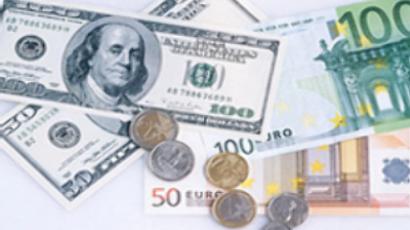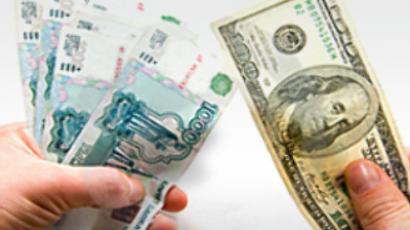Local US currency strengthens community
Many people call local money issued in a dozen US cities, from East Coast to West Coast, worthless pieces of paper. However, it is not just Monopoly money for the people of Ithaca, New York.
In fact, it’s their local currency: the Ithaca hours.
Store owner Steven Berk says he keeps his American money and his Ithaca money in one cashbox sorted out by denomination.
“The last one we did was the one tenth note which is worth a dollar, that was back in 2004,” says Steve, who was among those who create their own money for their own needs.
For years now, citizens of Ithaca have been able to solve a growing dilemma: people had needs, time, and skills, but a shortage of dollars, so the Ithaca hours solved this problem.
Today, the Ithaca hours have moved from businesses to banks and even the Alternative Federal Credit Union in Ithaca finds ways to incorporate these paper hours.
Local currencies gained ground during the Great Depression and then became less popular, but with the economy in a tailspin, local money is once again gaining momentum.
But what happens when you live outside of that community in a large city like Washington DC? Then it is food stamps issued by the US government coming to the rescue.
People say the stamps help to purchase food, pay bills and do other things with the money they earn and if it were not for the food stamp program, it would put them in a crunch.
Discount food stores are now seeing an influx of new customers, eager to pay for their groceries and essentials not just with dollars bills or credit cards but plastic in the form of food stamps.
As the economic crisis becomes harder and harder for many Americans to swallow, one out of every ten Americans is now relying on the food stamp card to get by.
So, whether buying food with a plastic card or a local currency, one cannot help but ask the question-- where has all the real money gone?














